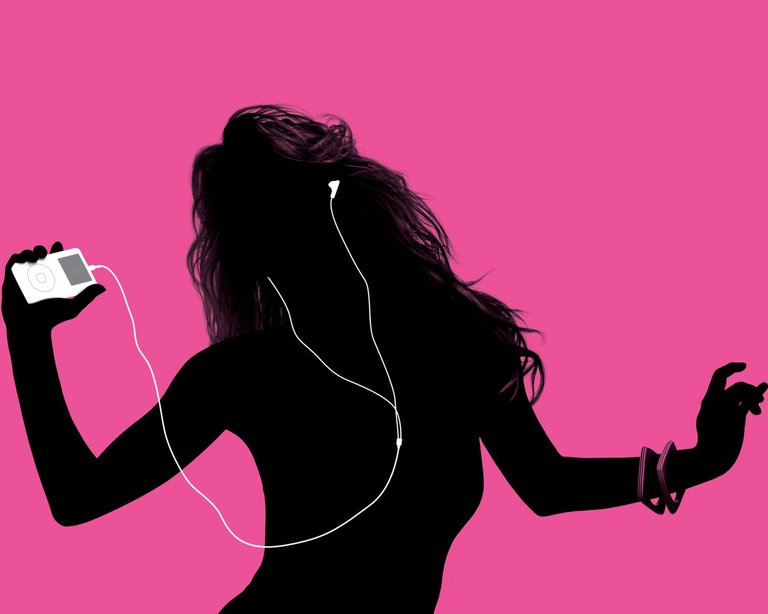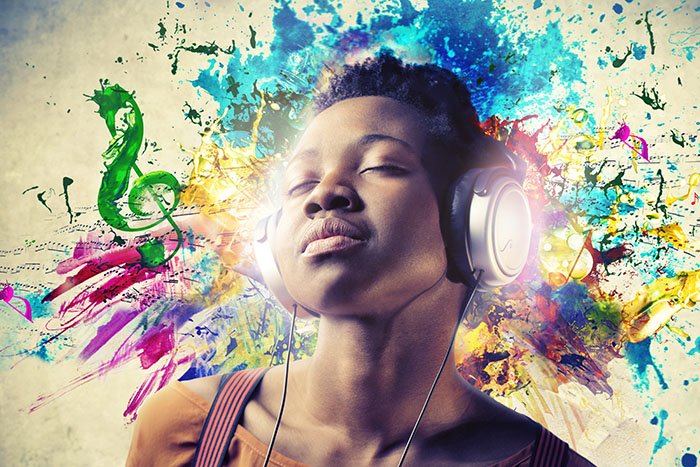Mood a new musical style🎼

If someone asked you how excellent your musical tastes are, what would you answer? an artist? overall extension?
A few months ago, Spotify announced Wrapped 2021 in a very different way. And this time he expressed our taste for music in an image. More precisely, a group of shades combined with each other that create a kind of "aura". Likewise, the image will be accompanied by adjectives that describe the “musical environment”. Euphoria and boldness, happiness and welcome, energetic and bright, melancholy and focused are just some of the combinations.
These keywords were chosen from compiled data to reduce the complex nuances of taste to simple descriptive words that describe the most common moods of the past year.
Programmed by aggregating each user's listening history and creating a mood dataset, Audio Auras calculated the percentage of each user's listening preferences that match six defined moods. Calibrated porches produce a color map that will display the user's most iconic and statistically most iconic moods.

Projects like this ask us more and more: are genres still relevant to explain our musical tastes? In a world where you see "Trap, Rap, Indie" artists and see "Country Pop" playlists on Spotify, I doubt I'd label a song "Hip-Hop." Rock can mean many things. As is the case with electronic music, not to mention the countless genres that claim to be more specific: plain house, future house, dark house, melodic house, acid house, techno house, and endless subgenres.
Using a set of historical definitions to determine what music is or is not, new sounds are inevitably limited to existing notions of what music "should be." In this sense, artists are constantly searching for their own sound, which makes it an increasingly demanding genre. and the public too.
And not only are the types of music changing, but the way people listen to music is also changing. This is demonstrated by increased self-healing. Streaming services are actively promoting an increasingly personalized culture of music consumption.
I remember when people would sit by the record player and wait. I couldn't get past one song and listened to each song in album order. So it was all or nothing. And there were no complaints. If you wanted to hear the 11th song on the album, you had to go through the previous 10 yes or yes.
Listeners, especially the younger generation, care more about what they listen to than the category of each song. How many times have you heard the phrase "I hear everything"? The abundance of home playlists combined with experimental popularity has turned traditional gender obsessions into something akin to claiming that blue represents boys and pink represents girls.
Taking advantage of this collapse of the genre, streaming services are creating new categories like "driving in the rain" and "club culture" to move away from purist and stereotypical definitions. They respond to this culture of personalized music consumption by adopting the forgotten foundation of music classification: mood. And, ultimately, they are the ones who really define what we want to hear at all times.

These computer-measurable traits are organized into groups based on what the software calls "cultural data." The program defines the characteristics of each genre and tags each song. The same goes for the sound of the artist. For example, "Where terms like 'dreamy' and 'fantastic' are frequently used to describe beach house albums, The Echo Nest made sure to link those terms to the band's sound." It is assumed. All of this information gleaned from the ubiquity of the youth-dominated web can help you build a "music brain" accessible via an API (application programming interface). So, in short.
In this way, music is categorized by people. That is, they are categorized by people who actively contribute to music discussions on the Internet. Breaking the boundaries of traditional genres, Echo Nest software brings fluidity to the audience's approach to selecting, browsing and consuming music. It also greatly reduces category overlap. Kaytranada's songs may fall into the traditional categories of electronica, hip-hop, R&B, dance, funk, and house, but are considered "energetic" or "relaxing" based on mood classification approaches such as Spotify's Audio Auras .
However, new challenges arise as traditional gender boundaries are lost in sentiment-based classification. It is about reconciling the fact that music has different emotional impacts on different listeners. Do artists feel comfortable being classified according to their mood? Or what if a sad artist suddenly becomes happy one day?
Unlike classical musicology, the classification of moods is dynamic. It evolves with the tastes of the public and follows the ever-changing nature of the music industry itself.
It is true that the classifications of moods are not exempt from error, and that there are nuances in the relationship between music and emotions that current technology does not take into account. It is also true that, by definition, the act of classifying music implies exclusion. But where the wrong gender categories are at the center of the controversy (see Billboard's removal of "Old Town Road" from the national charts), the exclusion is based on emotional intuition rather than historical notions. Polarization and problems.
When asked about Rosalía's gender, it is often difficult to answer with a specific gender, so mood categorization has a bright future. Some people can't identify the genre of the song, but everyone can tell how it feels.